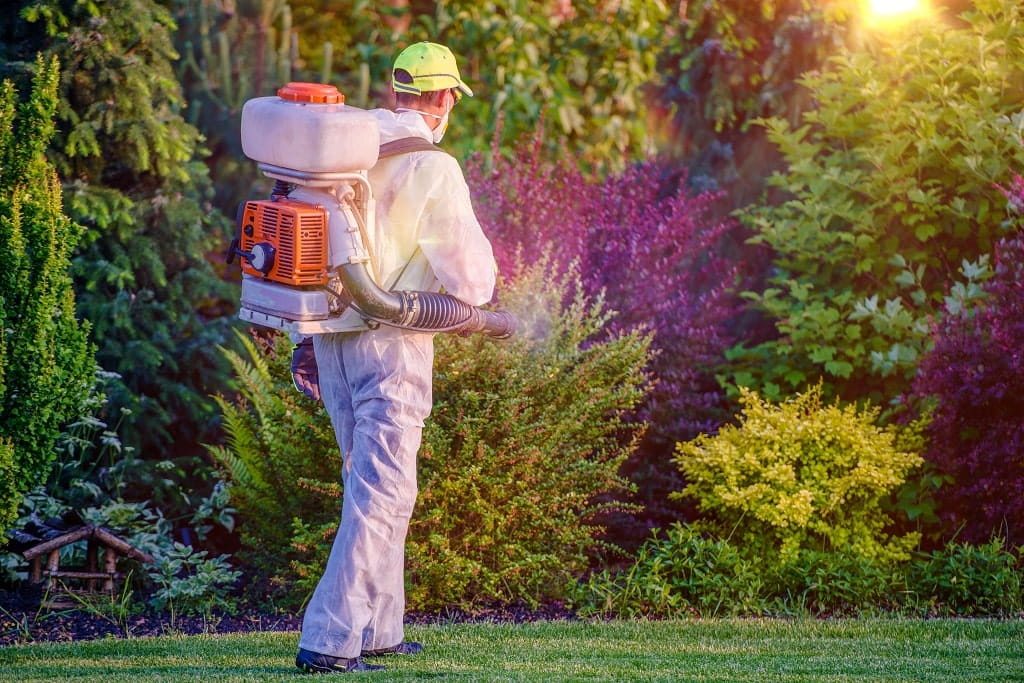A lawn on a golf course requires much more than just water and mowing to have a perfect green landscape that would be loved by many people. One of the significant concerns is pests; they can affect the health of the grass within the area. While it is important that pest control should be managed, it has to be with human safety and environmental effects in mind, notes TJC Real Estate team. Inadequate pest control methods may not only harm local wildlife, but also the players who play golf on the greens.
In this light, the issue of pest control should be addressed with practices that put into consideration the lives of all living beings and the environment. Below, we will discuss various safe and sustainable ways of controlling pests on the turfs of golf courses. These tips can also be applied to a home or business premises lawn.
Understanding the Risks of Golf Course Lawn Store Chemical Treatments
When it comes to applying pest control methods, it is important first to know the dangers of employing chemical treatments. Many Golf Course Lawn Store pesticides contain ingredients that are toxic to birds, fish, and even humans and pets when applied inappropriately. In addition, these chemicals may leach into water sources or flow into other water bodies, which has a larger impact on the environment.
Safe and Sustainable Practices in Pest Management
There are a number of techniques for managing lawn pests that are both efficient and environmentally friendly. These practices, when adopted, help to retain the scenic view of your golf course while at the same time protecting the environment and more.
a. Use of Biological Controls
Biocontrol involves the use of natural enemies of the lawn pests with a view of controlling their populations. For example, biological control may involve the use of nematodes that infest grubs and therefore effectively reduces their numbers but without the application of chemical insecticides. This method is very specific to the target pest, therefore, has little or no effect on other organisms in the ecosystem.
b. Chemical Controls with Caution
When chemical controls are required, it is pertinent to opt for non-hazardous chemicals and apply them optimally. Golf Course Lawn Store has a number of low risk, organic or selective herbicides that could be great substitutes for dangerous products. Stick to the instructions written on the container and use these chemicals at a time when it is least likely to harm other organisms, or wash away to nearby water sources.
Conclusion
Pest control for a golf course lawn entails weighing between efficiency in pest elimination and the impact on the surrounding ecosystem. With this approach, a turf manager will be able to prevent harm to the ecosystem, while allowing for the fun and safety of golfers and their beloved pets.
Yes, the goal is to create an environment that is free of pests, but to achieve this goal without causing harm to the biotic and abiotic components is something that is necessary, even if it takes you a few more steps to achieve this.
